In the perpetual quest for innovative materials and sustainable solutions, scientists have turned their gaze to one of Earth's most ancient and enigmatic creatures: the deep-sea sponge. These primitive organisms, thriving in the crushing darkness of the abyss, have evolved intricate skeletal structures that defy conventional engineering principles. Their delicate yet resilient silica-based frameworks are now inspiring breakthroughs across multiple disciplines, from architecture to biomedical engineering.
The deep-sea sponges, particularly those from the class Hexactinellida, construct their skeletons from an intricate lattice of silica spicules. These microscopic glass-like strands form hierarchical networks that combine extraordinary strength with remarkable flexibility – a paradoxical combination that has long eluded human engineers. What makes these structures truly fascinating is their ability to withstand immense hydrostatic pressures while maintaining a porous, lightweight form.
Nature's Mastery of Material Efficiency
Unlike human-made materials that often sacrifice one property for another, the sponge's silica network achieves multiple performance characteristics simultaneously. The spicule arrangement demonstrates an optimal balance between structural integrity and resource efficiency, using minimal material to create maximum strength. This principle alone holds transformative potential for industries seeking to reduce material consumption while improving product durability.
At the microscopic level, the sponge's skeletal design reveals even more sophisticated adaptations. The silica spicules exhibit a unique layered composition, with organic proteins interspersed between inorganic glass layers. This biological composite material prevents catastrophic crack propagation – when damage occurs, it spreads in a controlled manner rather than causing sudden structural failure. Such damage tolerance could revolutionize safety-critical applications in aerospace and construction.
Biomedical Breakthroughs from the Abyss
Perhaps the most immediate applications emerge in the medical field. The sponge's silica network bears striking similarities to human bone tissue in terms of porosity and surface chemistry. Researchers are now developing bone graft substitutes that mimic the sponge's architecture, creating scaffolds that promote faster tissue regeneration than conventional materials. Early clinical trials suggest these bioinspired structures may significantly improve recovery times for complex fractures.
The optical properties of sponge spicules have also captured scientific attention. These natural glass fibers transmit light with extraordinary efficiency, despite their complex shapes and surface textures. Photonics researchers are decoding how sponges achieve this feat, potentially leading to improved fiber optic technologies that could make underwater communications and medical endoscopes more effective.
Architectural Applications: Building with Nature's Wisdom
In the realm of architecture and civil engineering, the sponge's structural principles are inspiring new approaches to sustainable design. The combination of high load-bearing capacity with minimal material use aligns perfectly with the growing demand for eco-friendly construction. Several prototype buildings now feature lattice-like support systems directly modeled after sponge skeletons, demonstrating significant reductions in steel and concrete usage without compromising stability.
The sponge's ability to maintain structural integrity under dynamic water currents offers particular value for offshore and coastal infrastructure. Engineers are applying these lessons to designs for wave energy converters and underwater foundations that can better withstand marine conditions. Some coastal protection systems already incorporate sponge-inspired elements that dissipate wave energy more effectively than traditional breakwaters.
Manufacturing Innovations Inspired by Biological Processes
Beyond the structural properties themselves, scientists are equally fascinated by how sponges construct these intricate silica networks at ambient temperatures and pressures. Unlike industrial glass production that requires tremendous energy input, sponges precipitate and assemble silica at ocean depths where temperatures rarely exceed 4°C. Unraveling the biochemical mechanisms behind this process could lead to revolutionary low-energy manufacturing techniques.
Recent discoveries about the proteins involved in silica deposition have enabled researchers to develop biomimetic catalysts for material synthesis. These bioinspired approaches already show promise for creating advanced ceramics and composite materials with lower carbon footprints. Some startups are even experimenting with "growing" structural components using modified sponge proteins, potentially replacing energy-intensive smelting and forging processes.
Ecological Implications and Conservation Concerns
As excitement grows about these biological marvels, marine biologists caution that deep-sea sponge populations remain vulnerable to human activities. Bottom trawling, deep-sea mining, and climate change all threaten these fragile ecosystems. Paradoxically, the very industries that stand to benefit from sponge-inspired innovations may be endangering the organisms themselves through environmental disruption.
This dilemma has spurred collaborations between materials scientists and marine conservationists. Several research initiatives now combine sponge studies with habitat protection efforts, recognizing that preserving these organisms maintains both ecological balance and a valuable source of technological inspiration. Some governments have begun designating sponge grounds as protected areas, acknowledging their dual significance as biodiversity hotspots and potential wellsprings of innovation.
The story of deep-sea sponges and their remarkable silica networks exemplifies how nature's oldest designs often surpass human ingenuity. As we continue exploring these biological blueprints, we may find that solutions to many modern challenges have been evolving in Earth's oceans for millions of years. The key to sustainable technological progress might well lie in looking deeper – both into the ocean's depths and into the fundamental principles of biological design.
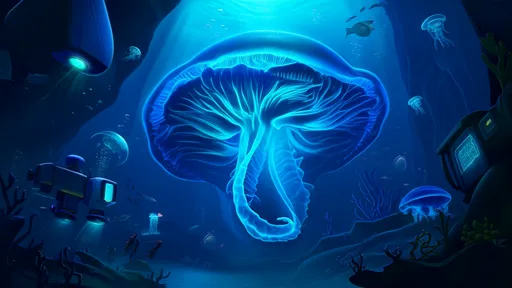
By /Jun 10, 2025
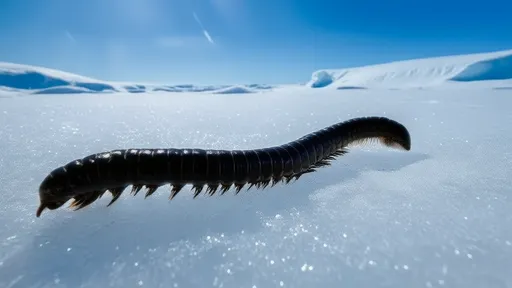
By /Jun 10, 2025
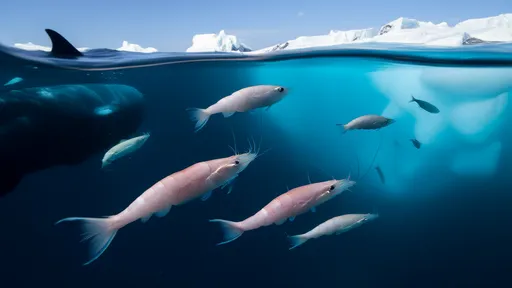
By /Jun 10, 2025
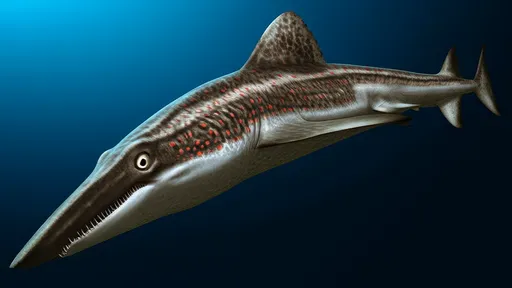
By /Jun 10, 2025
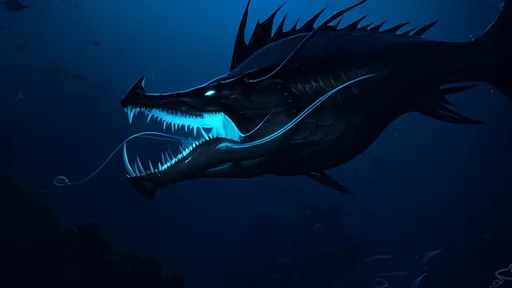
By /Jun 10, 2025
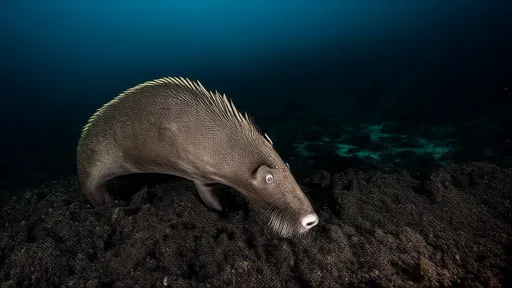
By /Jun 10, 2025
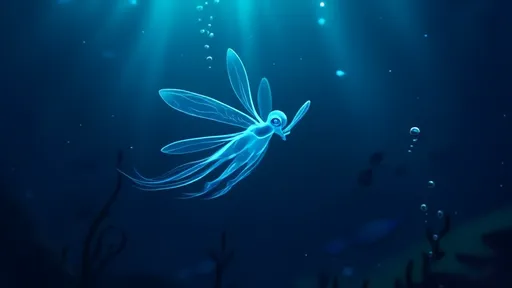
By /Jun 10, 2025
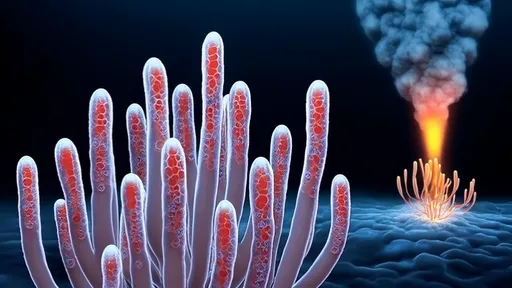
By /Jun 10, 2025
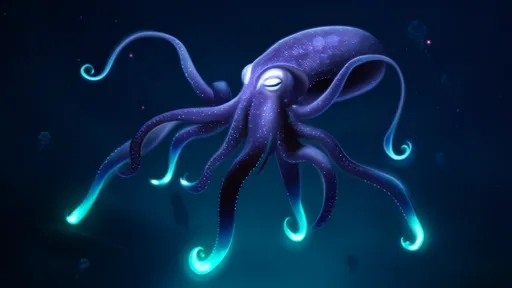
By /Jun 10, 2025
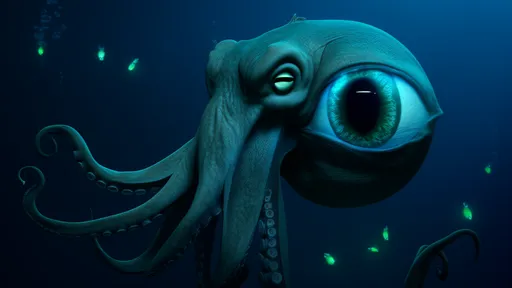
By /Jun 10, 2025
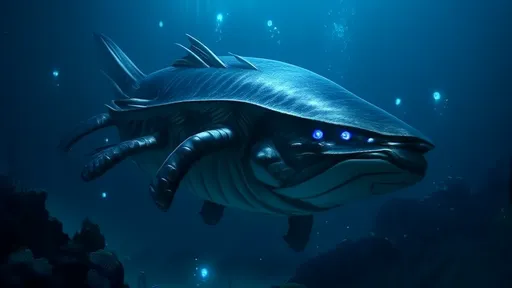
By /Jun 10, 2025
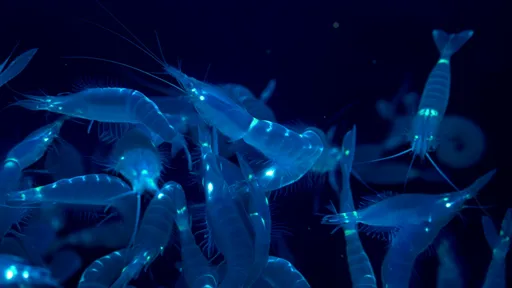
By /Jun 10, 2025
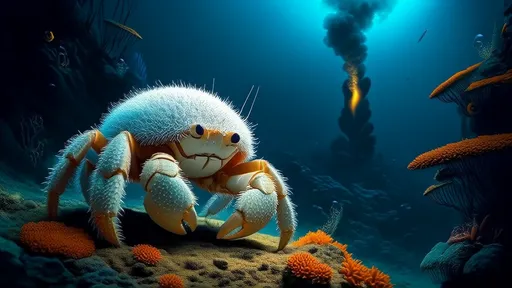
By /Jun 10, 2025
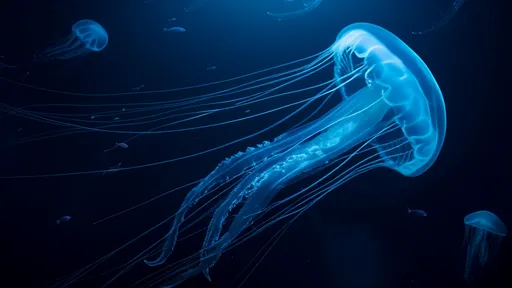
By /Jun 10, 2025
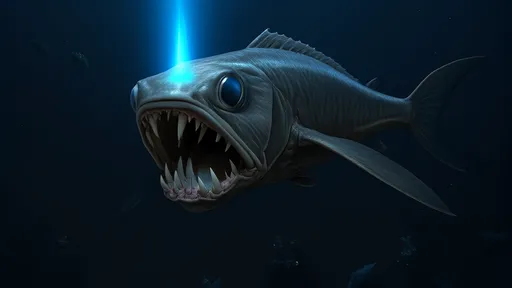
By /Jun 10, 2025